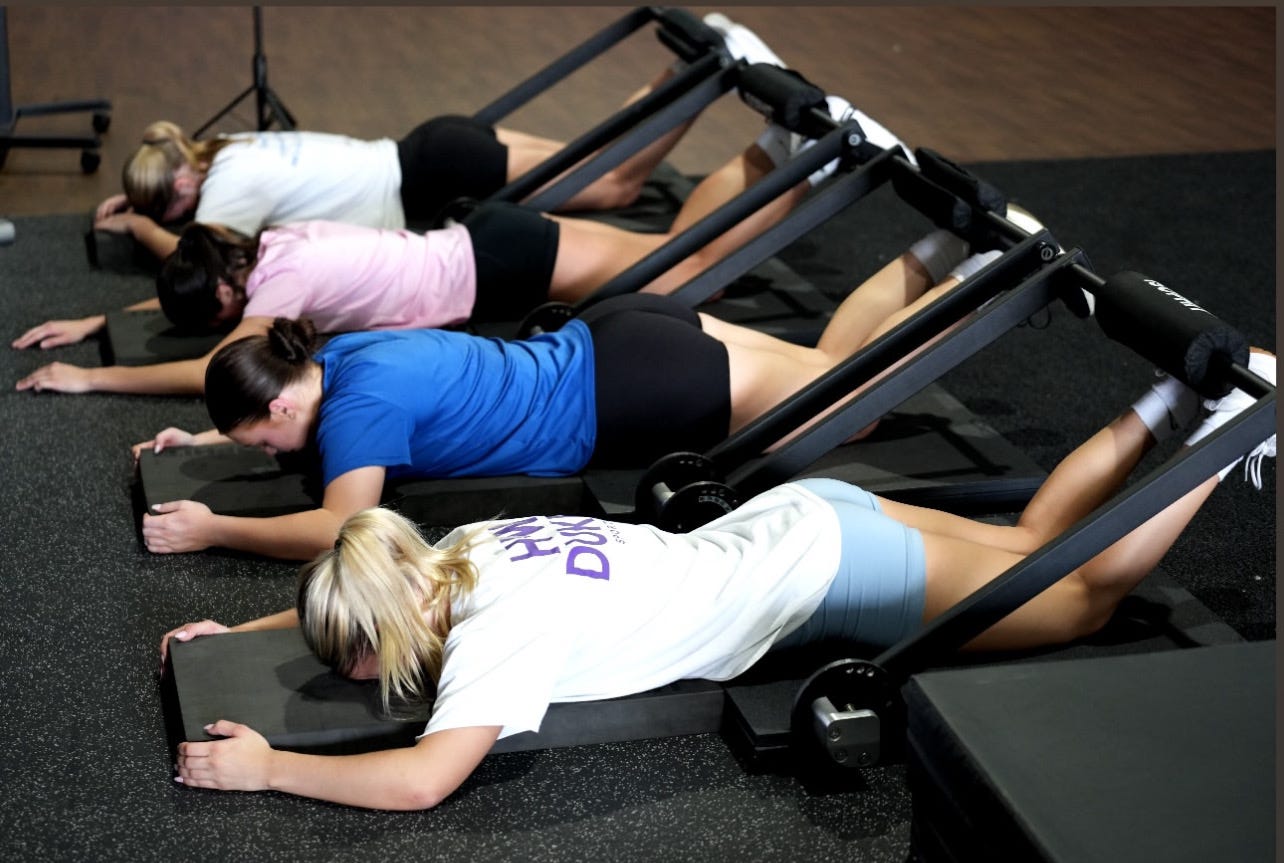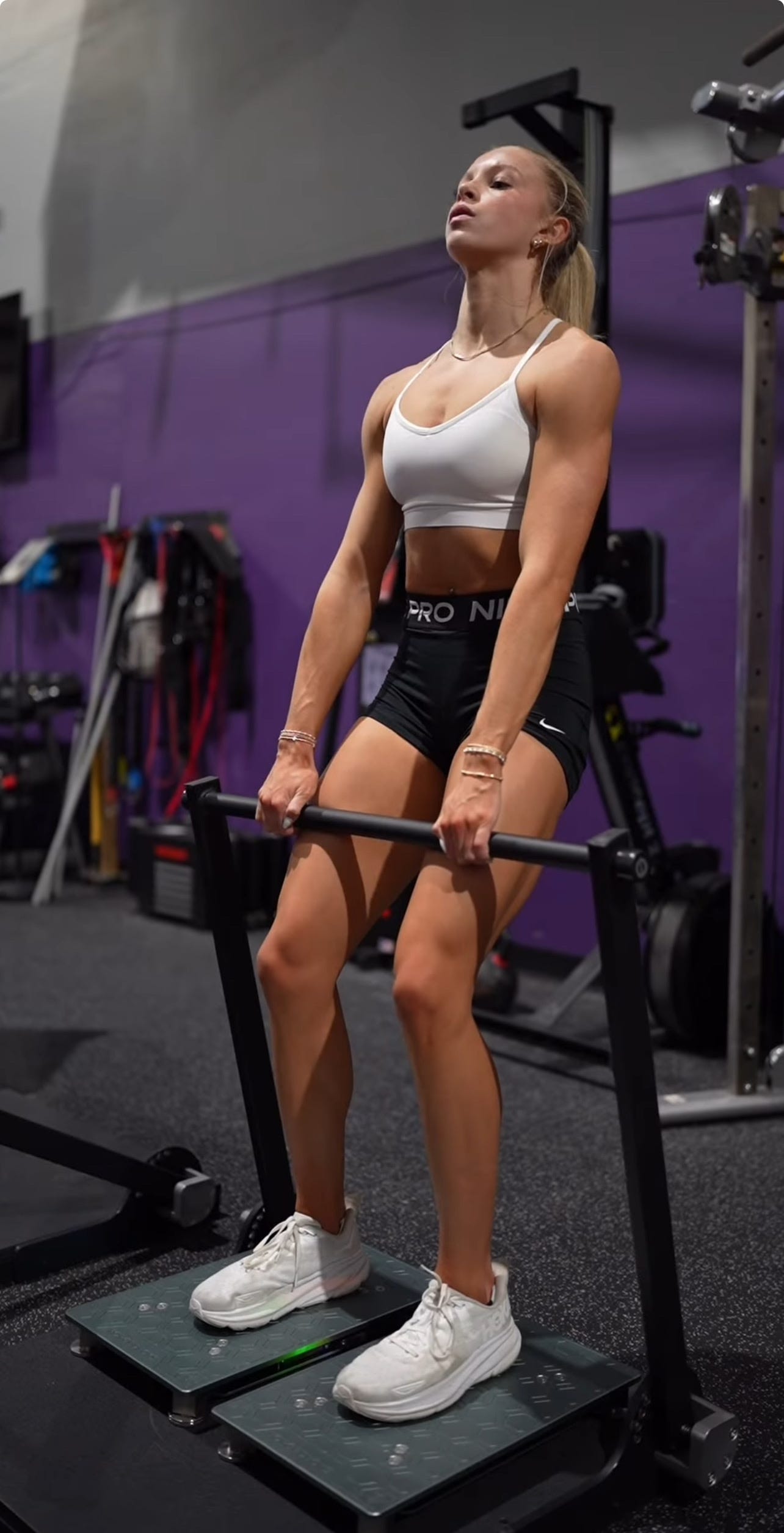An Unexplored Concept in ACL Injury Risk in Women: A Rolling Wheel Without Slipping
When it comes to understanding ACL injury risk—especially in female athletes—there’s an often-overlooked concept that may hold valuable insight: the physics of a rolling wheel without slipping.
Imagine a wheel rolling smoothly along the ground. At the exact point where the wheel touches the surface, there's no slipping, spinning, or skidding. That point has zero net velocity—despite the motion happening above it. This simple concept serves as a powerful analogy for the biomechanics of human movement, particularly when we examine running and rapid changes in direction.
Much like the wheel, a runner's body pivots around its center of mass. The foot acts as the wheel’s contact point—anchoring to the ground—while the rest of the body rotates and moves. As the upper body and head accelerate and decelerate during motion, they create additional forces due to their mass. These forces double the torque on the system, blending horizontal and rotational stresses. This is especially important during cutting, braking, or pivoting actions, which are common in sport.
Now, here’s where things get even more interesting—and concerning—for female athletes.
Women typically have a lower center of mass compared to men. While this can be beneficial in some contexts, it also results in higher torque values at the knee joint during rapid movements. That increased torque can place greater stress on the anterior cruciate ligament (ACL), one of the most commonly injured structures in female athletes. Add to that the shifting position of the head during directional changes, and the torque multiplies. Think of the head as added weight on top of the wheel, destabilizing the entire system.
So, how do we reduce that risk?
The answer may lie in isometric strength training—specifically targeting the cervical spine. Enhancing isometric neck strength helps stabilize the head and upper body, making it easier for the athlete to control her center of mass. Improved stability means less excessive torque gets transferred to the hips and knees, thereby reducing injury risk.
At Isophit, we're pioneering this kind of preventive training—developing strength and stability in the exact positions where athletes experience the highest loads. By building isometric strength across the entire kinetic chain, we’re helping athletes win more, hurt less, and age strong.
The rolling wheel analogy isn’t just clever—it’s a lens that helps us better understand the complex, real-world biomechanics affecting ACL injuries in women. It also serves as a call to action: we must rethink how we train and protect athletes, particularly in a world where ACL injuries continue to sideline far too many.
Want to learn how Isophit can help reduce ACL injury risk in sport? Email me directly at brad@isophit.com. I’d love to hear your thoughts or answer any questions you might have.
Yours in Isometric Strength,
Brad Thorpe CEO | Inventor Isophit






